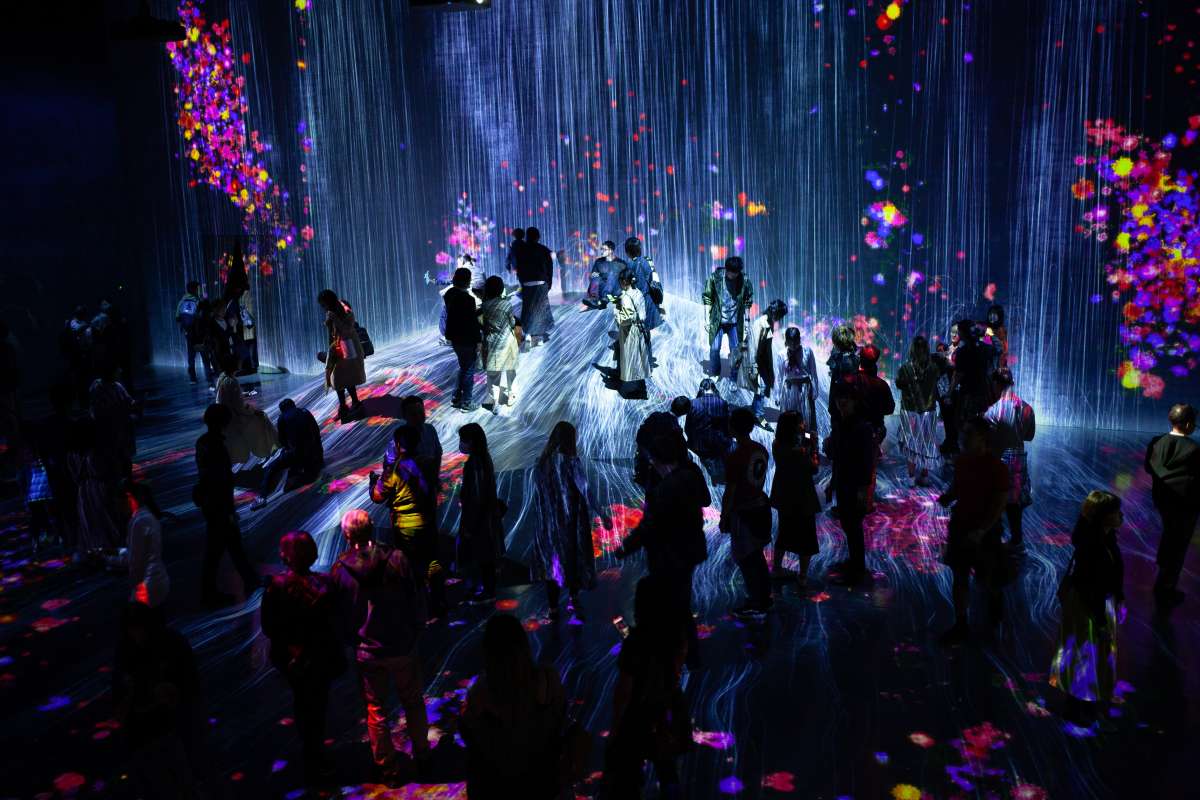The first is well documented: younger people are prioritising experience over consumption. While eating and drinking out is still popular, and will continue to be, consumers want to combine this with something else, whether being in an architecturally amazing or unique environment or with an activity – hence the rise of urban golf experiences, ping pong bars and escape rooms.
The second reality is that leisure is no longer secondary to retail. Leisure uses in many locations around the world used to sit on sites outside city centres, often due to the larger spaces required and the cheaper rents. Not anymore: leisure concepts are increasingly becoming the anchor tenants of large retail schemes, the reason why people visit a ‘place’ and spend their money, backed by a wave of investment in the sector by those who obviously have confidence in its long-term growth.
The third, and arguably the most exciting, is virtual reality (VR) with the most innovative concepts originating from Asia Pacific with backing from the likes of Alibaba and Tencent. VR tech has improved exponentially in past decade. Gone are unrealistic looking graphics and slow game play – today’s VR is seamless and (almost) indistinguishable from the real thing. This has opened up a whole new world of leisure concepts and experiences, in some cases marrying the old with the new: playing old nostalgic arcade games, but in a VR experience, for instance, or donning a head set and playing a round of golf in St Andrews with a friend when one of you is in London and the other in New York.
Also electrifying are new immersive digital experiences. In Tokyo you can attend an art gallery where your movement dictates the appearance of the art on the walls, while in Paris the Atelier des Lumières has allowed visitors to immerse themselves in giant high-definition of projections of the works of Klimt and Van Gogh, among others. These redefine the art gallery experience in a much smaller space than that traditionally required and attract a whole new demographic of visitor.

So, the new reality is a leisure and cultural offering that is more tech enabled and creative and provides a more immersive experience. The real estate challenge, for landlords in particular, is how it can also get more creative in responding to new operators and concepts, many of which are new and untested. But by being flexible in their approach to leasing, rents, and choosing their occupiers wisely, there’s no reason why the property industry shouldn’t be able to adapt and join in this new and exciting future of leisure.


















